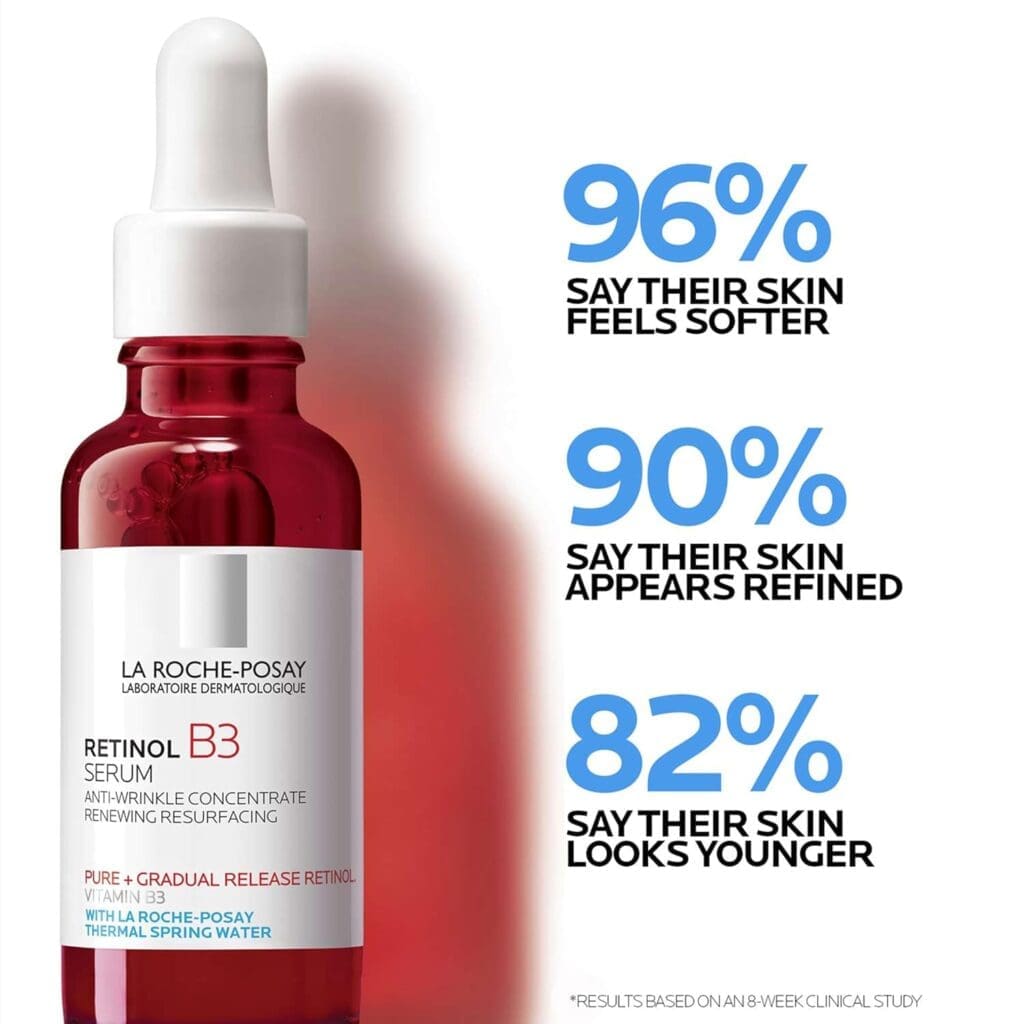
The Power Of Retinol For Melasma
Melasma is a common skin condition, and retinol can effectively reduce facial hyperpigmentation over time.
Melasma is a common skin condition that manifests as distinct dark patches on the face. This condition is often triggered by several factors, including hormonal changes—such as those experienced during pregnancy or when using birth control pills—excessive sun exposure, and a genetic predisposition to the condition.
Pigmentation patches commonly appear on the cheeks, forehead, nose, and upper lip, causing an uneven skin tone.
Although melasma is not a medical issue and poses no health risks, it can significantly impact an individual’s self-esteem and emotional well-being due to the visible nature of the condition, which may lead to feelings of self-consciousness.
In this context, retinol—an ingredient derived from vitamin A—has emerged as a promising treatment option for melasma. By promoting skin cell turnover and encouraging the growth of new, healthy skin, retinol can help lighten these dark patches and improve the overall appearance of the skin. This article will explore how retinol aids in fading melasma and discuss best practices for incorporating it into skincare routines.
The Role of Retinol in Treating Melasma
Retinol, a derivative of vitamin A, has gained popularity for its effectiveness in addressing various skin concerns, including melasma. It accelerates cell turnover, which is the process by which new skin cells replace old ones. This gentle exfoliation helps to fade dark spots and even out skin tone. Additionally, retinol stimulates collagen production—a protein that maintains the skin’s structure—and increases the rate at which old skin cells shed, revealing fresh, healthy skin. Furthermore, retinol enhances overall skin texture, treats acne, and improves skin appearance.
How to Include Retinol in Your Skincare Routine
When using retinol to treat melasma, it’s important to remember that results take time. Start slowly to avoid irritation. For example, apply a small, dime-sized amount of retinol to clean, dry skin every other night, gently massaging it until fully absorbed. Avoid the eye area and any open wounds. If you’re using other active ingredients, such as AHAs or BHAs, it’s wise to alternate their usage to prevent over-exfoliation. As your skin adjusts, you can gradually increase the frequency to nightly application.
Mixing retinol with your moisturizer can help buffer its strength, making it less likely to cause irritation. This is particularly beneficial for those who are new to retinol or have sensitive skin, as it allows for a more gradual adjustment. Always remember to apply a sunscreen with zinc oxide and an SPF of 30, as retinol increases your skin’s sensitivity to harmful UV rays. This step is crucial for preventing further skin damage and maintaining the results of your retinol treatment. By taking a gradual approach, you can ensure that your skin remains comfortable throughout your skincare journey.
The Benefits of Using Retinol for Melasma
In addition to fading dark spots and improving skin tone, retinol provides several other benefits for the skin. For instance, it helps minimize fine lines and wrinkles while unclogging pores and preventing acne. Moreover, retinol enhances overall skin texture. As it promotes cell turnover, it aids in removing dead skin cells and generating new, healthy ones, smoothing rough patches and improving skin texture. Therefore, with consistent use, retinol can lead to a brighter, more youthful complexion.
Considerations When Using Retinol
While retinol can be highly effective for treating melasma, it should be used carefully. It may cause skin irritation, especially when used in high concentrations or by individuals with sensitive skin. Start with a low percentage and gradually increase it as your skin becomes accustomed to the product. Some individuals may initially experience dryness, redness, or peeling—common side effects that typically subside as the skin adjusts. However, if these side effects persist or worsen, consult a dermatologist.
For those with sensitive skin, it may be advisable to start using retinol once a week and mix it with your moisturizer. Additionally, consulting a dermatologist before incorporating retinol into your skincare regimen can be beneficial.
Final Thoughts on Retinol
In conclusion, retinol is not just a skincare product; it’s a powerful tool in your pursuit of healthier skin and can provide hope in treating melasma. With consistent use, retinol will not only help fade dark spots and even out skin tone but also improve overall skin texture, leading to a brighter and more radiant complexion. By gradually and persistently incorporating retinol into your routine, you can effectively address melasma and achieve the skin you desire. Remember to be patient—the results will be worth the wait.

Discover the transformative power of La Roche-Posay Pure Retinol and Vitamin B3 serum, designed to visibly diminish hyperpigmentation and melasma while rejuvenating the appearance of lines, wrinkles, and signs of premature sun damage. Embrace your radiant skin and let your true beauty shine through.


